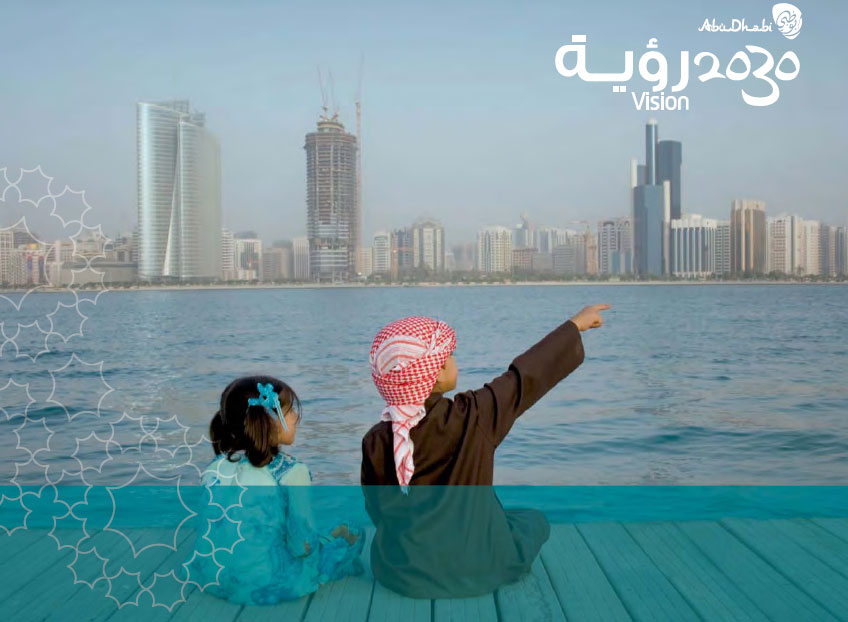
Furthermore, no academic research has been conducted to compare GBRSs assessment criteria from the LCA perspective in respect of the recognition and weighting of (1) whole building LCA, (2) embodied carbon emissions and (3) operational carbon emissions. Regardless of the wide implementation of GBRSs, buildings carbon emissions have continued to rise by nearly 1% per year since 2010. Life Cycle Assessment (LCA) as a science-based method has been recognised in the GBRSs to enhance the building environmental assessment. Therefore, Green Building Rating Systems (GBRSs) have been developed globally to evaluate building environmental performance and mitigate their impacts on climate change. Finally, the paper clearly highlights the key role of sustainable building practices and the need to develop a certification system that considers the new trends and the local context.īuildings account for a considerable proportion of carbon emissions throughout their lifecycle. The paper introduces the updated Saudi Building Code (SBC) with further evaluation of the Saudi Green Building Code (SBC 1001-CR). Life cycle assessment (LCA) and building information modelling (BIM) techniques have also been investigated. Then, it investigates sustainability strategies and evaluates the building certification systems in Saudi Arabia, followed by an introduction to the new practice of sustainable healthcare building assessment. It starts by addressing sustainability in the broadest sense. It reviews the academic literature on Saudi Arabia’s green/sustainable building codes, standards, certification systems, methods and tools. This paper critically reviews and evaluates the current state of sustainable building certification systems with the purpose of having a good understanding of the status quo and possibilities for future directions in Saudi Arabia. The architecture, engineering and construction (AEC) industries have significant impacts on the environment and economy, while the industry is considered one of the largest contributors to greenhouse gas (GHG) emissions and has, therefore, been highlighted by researchers as a key area of intervention with a great potential to reduce environmental impacts.



Businesses and industries are assessing how their activities affect the environment. Sustainable building practices are a response to environmental issues.


 0 kommentar(er)
0 kommentar(er)
